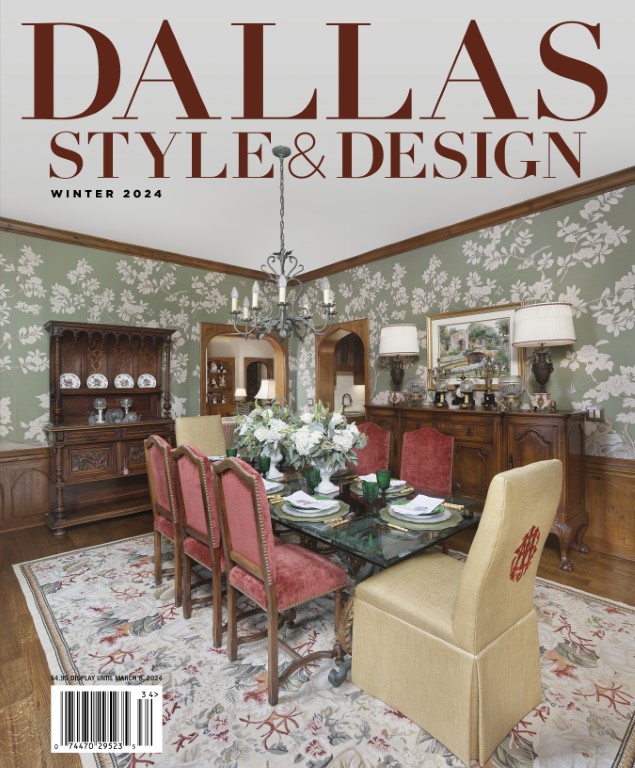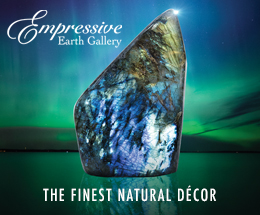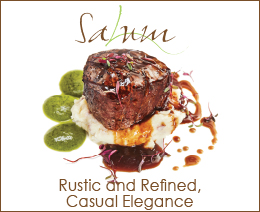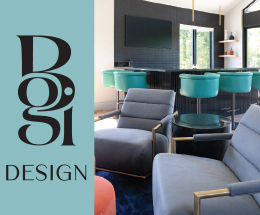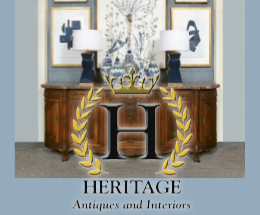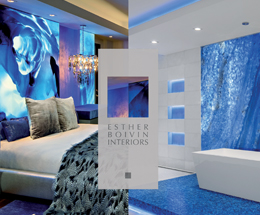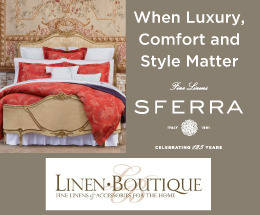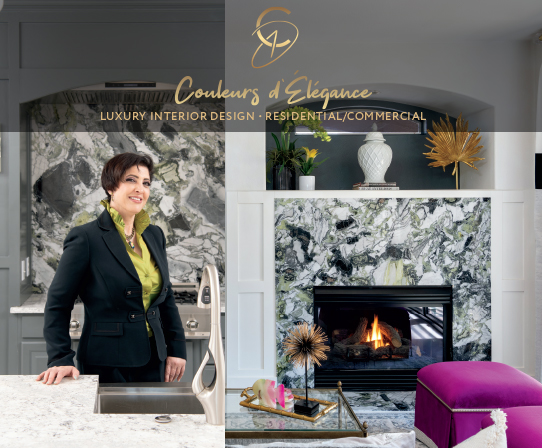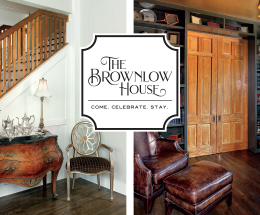Mina Torabli is thousands of tangible and figurative miles away from her birthplace of Tehran, Iran, as she speaks proudly of the bountiful and ornately decorated rugs that adorn the 4,000 square feet of her Dallas-based emporium, Park Cities Oriental Rugs.
It is with palpable emotion that the gracious Torabli speaks of her Iranian roots and the long road she travelled from earning a bachelor’s degree in civil engineering to earning a master’s degree in computer studies at the University of Texas at Dallas.
It was apt preparation for what Torabli excels at today: being the ever-solicitous, detail-oriented proprietor of her highly successful business. “If there has been one key to my success it has been my loyalty to my clients—and their loyalty to me,” reflects Torabli. “It really is all about bringing them the nicest selection with the nicest service. And, of course, the best price.”
Torabli clearly goes the extra mile to meet the needs of her customers. That starts with her selecting as many as 100 different rugs—often following closely the creative directives of her clients’ interior designers— before personally delivering them to a particular private residence to be “lived with” by her prospective customer.
Torabli is so adept at securing the best rugs from overseas that, despite all the obstacles in obtaining Iranian-made rugs (some of the world’s finest), 60 percent of her rugs come from her native Iran.
Out of sheer modesty Torabli downplays the significance of these “house calls” to hercustomers. “I absolutely encourage my clients to live with the rug,” she says. “They are making a big investment, so they need to be sure.”
Much of Torabli’s expansive inventory comes from Pakistan, Turkey and India. Torabli is so adept at securing the best rugs from overseas that, despite all the obstacles in obtaining Iranian-made rugs (some of the world’s finest), 60 percent of her rugs come from her native Iran. Over the last decade, Torabli has discovered that most of her steady, and newer, clients have gravitated toward transitional Oriental rug designs, as opposed to more traditional styles. Transitional designs are often distinguished by their lighter colors, such as white, blue and gray, with occasional hints of coral and lavender. More traditional rugs are noticeable for their heavy use of deep burgundy, blue and gold.
“Especially over the last 10 years, I would say as many as 70 percent of my clients’ very talented designers come to me looking for the greater simplicity of the transitional rug,” notes Torabli. “They trust me to find the right product for them.” Ever on the go for her clients, Torabli travels every two to three months, meeting with suppliers of the best imported Oriental rugs she can find. “I really enjoy travelling and handpicking every single rug from my vendors,” Torabli says. “Any rug, from 2-by-3 to palace size—that’s 15-by-25—we will find it for you, and we also offer all kinds of cleaning and repair services for them.”
Torabli often refers to her vendors as being the “largest on earth,” and she makes sure that the colors and tight weave of her rugs are beyond reproach. Torabli gladly unfurls several examples of some of her most popular designs, starting with the Turkish design known as Oushak.
“That’s a design that is bold, yet simpler, not containing too much detail, but rather softer colors,” says Torabli. “Even when someone doesn’t at first ask for that design, they are now going after that style and eventually end up with an Oushak.”
As you chart Torabli’s careerlong faith in the power of matching the right Oriental rug with the right space, her guiding principle is simple: “A rug,” Torabli proclaims, “has the power to pick the room.”
Andrew Marton is an arts and culture writer based in Fort Worth, Texas

